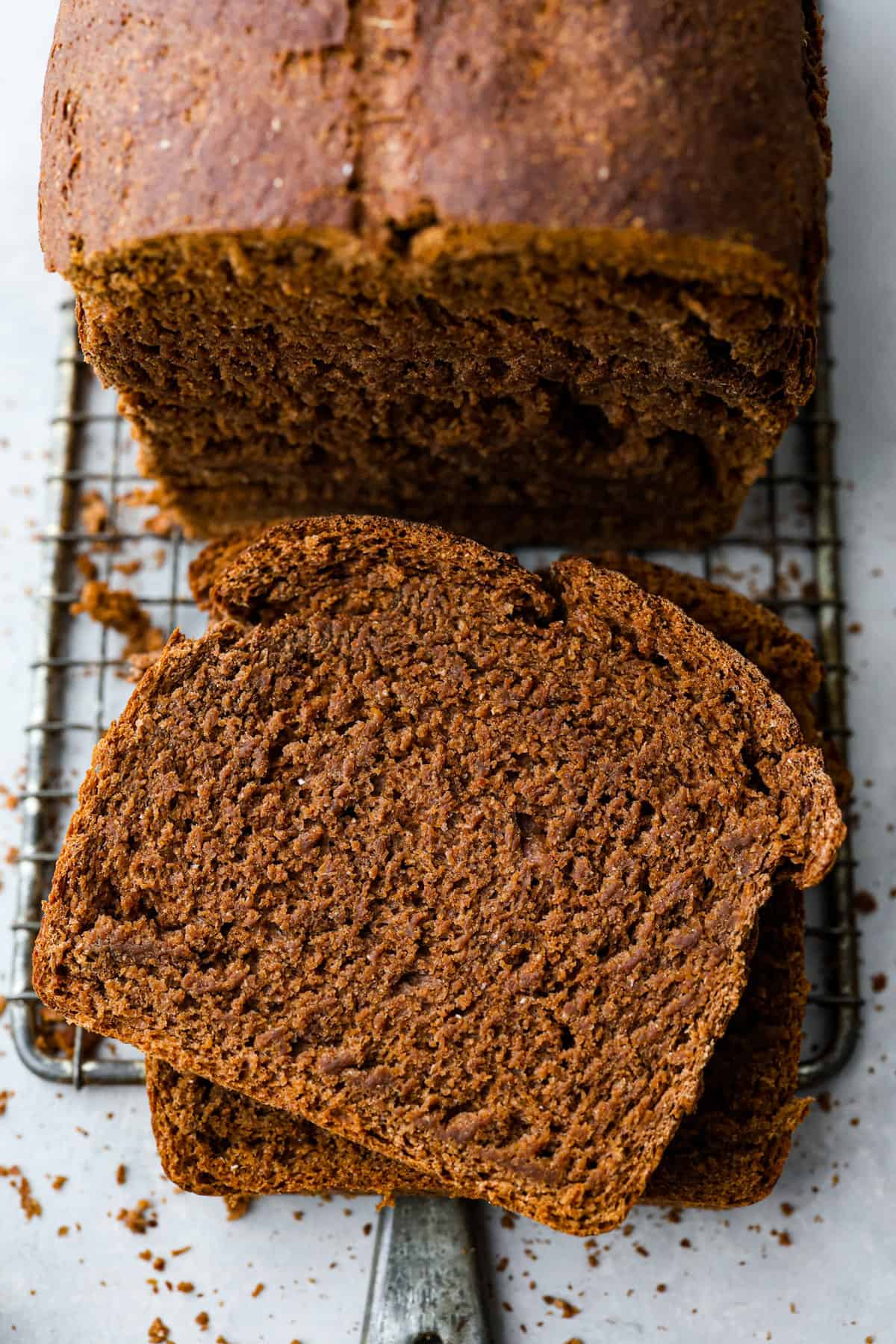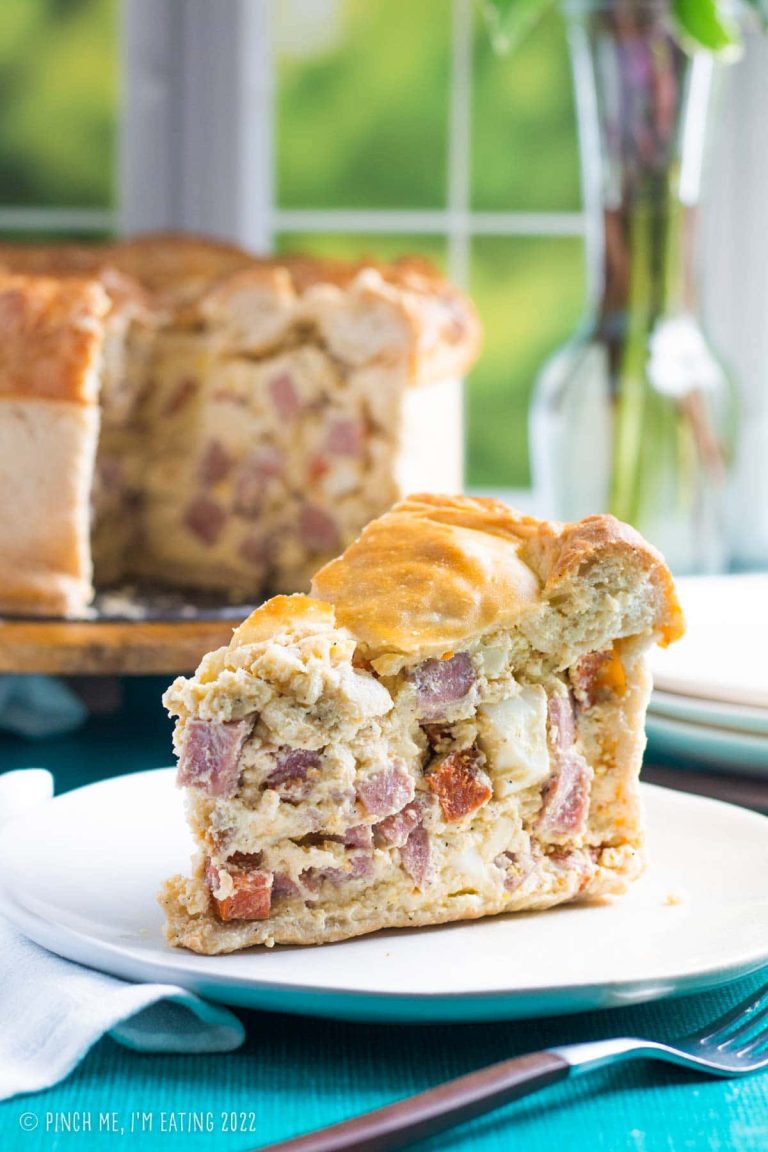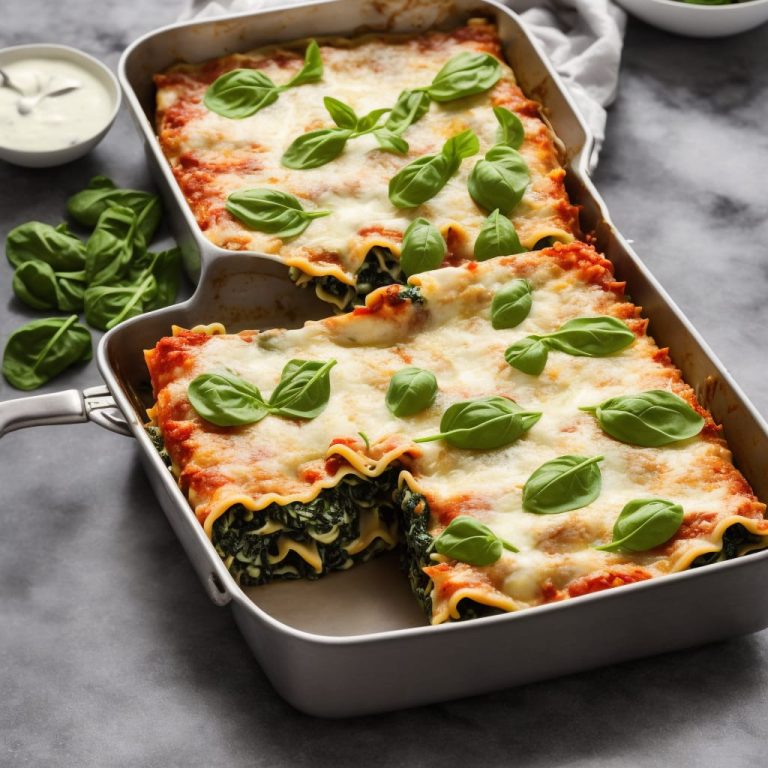Pumpernickel Bread Recipe
Pumpernickel bread’s history dates back to at least the 15th century. This bread originated in Germany and was initially known as a peasant food due to its simple ingredients and lengthy baking process. The name “pumpernickel” likely comes from an old German word combination where “pumpern” means “to break wind” and “nickel” is a form of the name Nicholas, commonly associated with a devilish imp, hinting at the bread’s dense and robust nature.
Geographic Roots
This bread has strong ties to Westphalia, a region in western Germany. Westphalian bakers perfected the slow-baking technique used in pumpernickel bread, which involves baking at a low temperature for up to 24 hours. This method, along with the region’s specific rye grain, imparts the distinctive dark color and slightly sweet flavor that pumpernickel is known for today.
Traditional Techniques
Traditional pumpernickel uses coarse rye flour and sometimes whole rye berries. Authentic recipes often call for minimal ingredients: rye flour, water, a sourdough starter, and salt. The long, slow baking process caramelizes the bread’s sugars, giving it its unique characteristics without the need for additional sweeteners or coloring agents. Today, while modern variations exist, classic methods still hold a special place among bread enthusiasts.
Cultural Significance
Pumpernickel bread not only highlights German culinary heritage but also serves as a symbol of resilience. Its hearty structure and ability to remain fresh for long periods made it a staple during tough times, like wars and famines. The bread’s cultural and historical significance extends beyond mere sustenance, embodying tradition and endurance.
Spread to Other Regions
German immigrants brought pumpernickel bread to other parts of the world in the 19th and 20th centuries. Particularly in the United States, the Jewish and German communities introduced variations that include different grains and baking methods. Today, pumpernickel bread is widely available in bakeries and supermarkets, continuing to evolve while maintaining its original appeal.
By exploring the origins of pumpernickel bread, you can appreciate its rich history, unique preparation technique, and significance in culinary culture.
What Makes Pumpernickel Bread Unique?
Ingredients and Preparation
Pumpernickel bread’s uniqueness starts with its ingredients. Unlike traditional bread, pumpernickel uses coarsely ground rye flour. Bakers often add whole rye berries or coarse rye meal, enhancing the bread’s texture. Molasses or beet sugar gives it a distinctive dark color and slight sweetness. Another crucial ingredient is a sourdough starter, essential for fermentation.
Preparation involves a slow baking process. Traditional methods require baking for up to 24 hours at low temperatures. This technique allows Maillard reactions to deepen the flavor and darken the color naturally. The slow bake also ensures moisture retention, giving the bread its dense, moist texture.
Flavor Profile
Pumpernickel bread has a rich, complex flavor. It combines sweetness from molasses or beet sugar with the tang of sourdough fermentation. This balance creates a unique taste profile not found in other bread. The long baking time develops earthy, caramelized notes, supporting the naturally nutty flavor of rye.
Texture and density also set pumpernickel apart. The coarse grind of rye flour and the inclusion of whole rye berries contribute to a chewy, hearty bread. Each bite reveals layers of taste and texture, making pumpernickel a distinctive choice for bread enthusiasts.
Health Benefits of Pumpernickel Bread
Nutritional Information
Pumpernickel bread is nutrient-dense, rich in dietary fiber, vitamins, and minerals. One slice (about 60g) typically contains around 180 calories, 4g of protein, 3g of fat, and 8g of dietary fiber. It also provides essential micronutrients such as iron, magnesium, selenium, and B vitamins. The bread’s high fiber content promotes digestive health and helps maintain a healthy weight by enhancing satiety.
Suitable Diets
Pumpernickel bread fits well into several dietary plans. For a low glycemic index diet, this bread is ideal because its whole grains and fiber slow down carbohydrate absorption, maintaining steady blood sugar levels. On a vegetarian diet, it provides essential nutrients often found in animal products, like iron and B vitamins. Though not gluten-free, it can be suitable for individuals following a rye-tolerant diet. If you’re aiming for a heart-healthy diet, the bread’s minimal refined ingredients and high fiber contribute to better cardiovascular health.
How to Enjoy Pumpernickel Bread
Common Recipes
Pumpernickel bread pairs well with various toppings and ingredients. To get started:
- Sandwiches: Use pumpernickel as the base for hearty sandwiches. Stack layers of smoked salmon, cream cheese, and cucumber for a classic combination. Alternatively, opt for a vegetarian version with hummus, roasted vegetables, and sprouts.
- Toasts: Top your pumpernickel toast with avocado and a poached egg for a nutritious breakfast. For a sweet option, spread almond butter and add banana slices.
- Appetizers: Convert pumpernickel slices into bite-sized appetizers. Spread goat cheese, then add a drizzle of honey and a few chopped nuts. Use pumpernickel as a sturdy base for hors d’oeuvres like bruschetta with tomato and basil.
Storage Tips
Proper storage ensures your pumpernickel stays fresh:
- Room Temperature: Store the bread in a bread box or wrap it in a clean kitchen towel. Consume within 3-4 days for optimal taste.
- Refrigeration: Wrap the pumpernickel bread in plastic wrap to prevent moisture loss, then place it in an airtight container. It can last up to 10 days in the refrigerator.
- Freezing: If you plan to store it for longer periods, slice the bread and wrap each slice in plastic wrap. Place the wrapped slices in a freezer bag. The bread can remain fresh in the freezer for up to 3 months.
Use these methods to maintain the flavor and texture of your pumpernickel bread, regardless of how you choose to enjoy it.
Conclusion
Pumpernickel bread offers a rich blend of history, flavor, and health benefits that make it a unique addition to your diet. With its traditional baking methods and distinct ingredients, it’s perfect for various recipes and dietary plans. Whether you’re making sandwiches, toasts, or appetizers, pumpernickel bread adds a special touch to your meals. Remember to follow the storage tips to keep your bread fresh and enjoy its full flavor and texture. Embrace the versatility of pumpernickel bread and enhance your culinary experiences with this timeless favorite.






